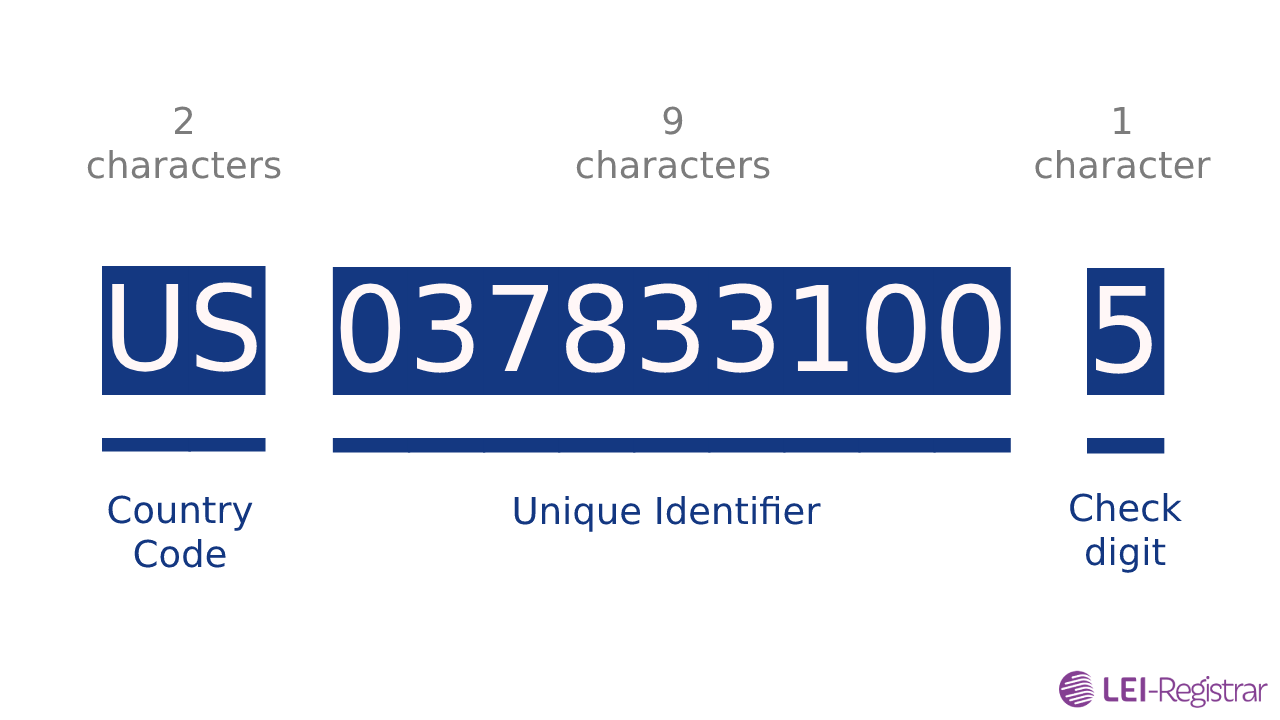ISIN to LEI mapping
If you want to determine the legitimacy of any entity involved in the international financial markets, there are two identifiers that you can use International Securities Identification Number (ISIN) and the Legal Entity Identifier (LEI). These two identifiers have many similarities that make it common for people to confuse one for the other.
However, they also have some key differences that make each of them unique in its way. The good news is that these two identifiers can be used hand in hand, which further enhances security and sanity and the international financial markets. If you are keen to learn more about ISIN, LEI, and their differences, keep reading.
Differences between ISIN and LEI
The International Securities Identification Number (ISIN)
An ISIN is a globally recognized identifier used to recognize particular financial instruments, including securities, bonds, stocks, trusts, futures, and many more. It is a 12-character alphanumeric code assigned to a given financial instrument issued by a legal entity.
The ISIN number standard was established in 1981 by the G30 but was fully endorsed by all the member states in 1991. ISINs are issued by National Numbering Agencies (NNAs) in different parts of the world. However, the overall ISIN system is overseen by Association of Numbering Agencies (ANNA) to ensure a safer, stable, and efficient environment for any investors and the financial institutions that issue these numbers.

Legal Entity Identifier (LEI)
A Legal Entity Identifier refers to the code issued to any legal entity that intends to do business in the international financial market. It is a 20-character alphanumeric code that Local Operating Units (LOUs) issued to legal entities, including non-profit organizations, funds, trusts, and many more, to ease their identification while trading with other entities on the international market.
Just like ISIN, an LEI code is unique for each entity; so, you won’t find any two entities having the same LEI number. The establishment of Legal Entity Identifiers was initiated by the G20 in 2008 after the financial crisis. The overall system of Issuing and maintaining full access to the LEI data pool is operated and overseen by the Global Legal Identifier Foundation (GLEIF).
You can find out more about Legal Entity Identifer from our What is LEI? article.
ISIN to LEI mapping
To make the international financial market even safer, ANNA and GLEIF established a new initiative linking ISINs to the corresponding LEIs. This simply means that every tradable financial asset is now linked to the respective legal entities purchasing, issuing, and selling it. This initiative was launched on September 4th, 2018.
The GLEIF is further making this process smoother by introducing a certification process where various organizations can link their LEI numbers for the corresponding ASINs. This process is what we call ISIN to LEI mapping. This initiative has been endorsed by the Financial Stability Board (FBS), the European Securities and Markets Authority (ESMA), which has further made it more robust and trustworthy.
GLEIF publishes daily mapping between LEI and ISIN mapping on their website, and latest database of mapping can be found at Download ISIN-to-LEI Relationship Files page.
Introducing matching of LEI code and ISIN improves transparency and exposore, enabling companies to inspect tredable financial assets with legal entity and it's related entitites. By having the data linked, it's possible to increase trust and protect companies from fraud and abuse.

